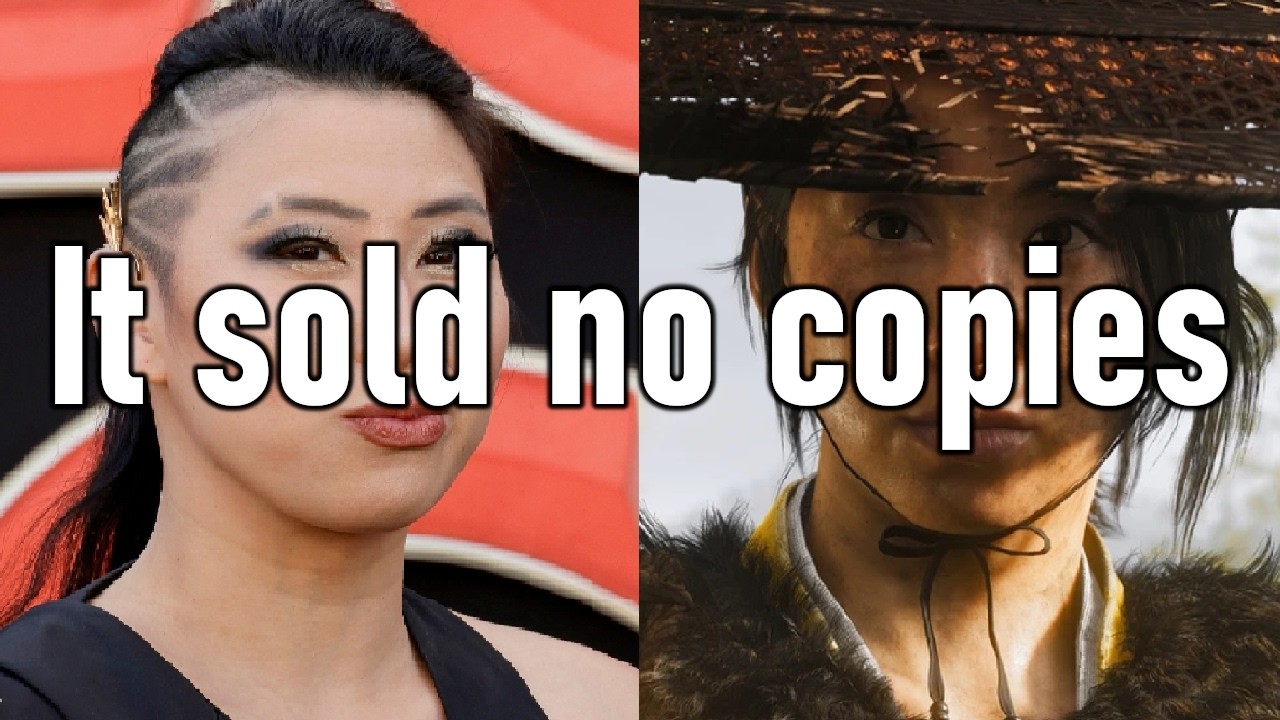🗡️ What if the sequel’s blade dulls against the original’s legend—zero sales buzz at launch, a revenge tale that’s just “meh” amid stunning visuals? 😒 Ghost of Yōtei haunts with mediocrity, failing to eclipse Tsushima’s epic glory… or does it hide a darker flop? Unmask the samurai saga’s shocking downfall! ⚔️🌸👉

Sucker Punch Productions’ highly anticipated sequel, Ghost of Yōtei, launched exclusively on PlayStation 5 on October 2, 2025, thrusting players into the snowy wilds of 1600s Ezo (modern-day Hokkaido) as vengeful warrior Atsu hunts the notorious Yōtei Six for slaying her family. Billed as a spiritual successor to the 2020 smash hit Ghost of Tsushima, the game promised refined combat, breathtaking landscapes, and a fresh take on samurai lore. Yet, amid pre-launch controversies and post-release critiques labeling it “aggressively mid,” Yōtei’s debut has sparked debate: Did it flop at launch with zero hype, or is it unfairly overshadowed by its predecessor? Early sales figures suggest a solid start, but detractors argue the game’s average quality and failure to innovate doom it to second-tier status.
Ghost of Yōtei arrived with baggage. Pre-orders topped charts in regions like Australia and Canada, but backlash erupted over a developer’s controversial social media post celebrating the death of conservative figure Charlie Kirk, leading to her dismissal and boycott calls. Critics decried the shift from male protagonist Jin Sakai to female ronin Atsu as “woke pandering,” fueling online vitriol despite the character’s roots in historical onna-musha warriors. X posts amplified the noise, with users claiming the game was “dead before release” and predicting dismal sales. Sucker Punch co-founder Brian Fleming condemned the remarks, but the damage lingered, with some fans canceling pre-orders.
Sales-wise, reports contradict the “zero copies” narrative. Unofficial leaks indicate 1.3 million units sold in the first day, edging out Tsushima’s 1.25 million launch. UK physical charts saw Yōtei debut at No. 1, though boxed sales dropped 40% from Tsushima—attributed to digital dominance, now 20% of PlayStation revenue versus 3% physical. With a $60 million budget akin to Tsushima’s, Yōtei positions for profitability if momentum holds, unlike ballooning costs for other Sony titles exceeding $200 million. Pre-launch hype included strong Amazon rankings and a Metacritic score of 87—higher than Tsushima’s 83—yet community sentiment splits, with X users mocking boycotts’ ineffectiveness.
Gameplay refinements shine in combat, often hailed as superior to Tsushima’s. Atsu’s arsenal expands with dual-wielded swords, kusarigama chains, and odachi blades, emphasizing fluid parries and aggressive stances for a “brutal” feel. Exploration evolves with clue-based navigation over cluttered maps, reducing busywork in a varied world of snow-capped ridges, wildflower fields, and stormy forests. Critics praise the “hauntingly beautiful” visuals and Atsu’s “riveting” revenge arc, delving into vengeance’s psyche without Tsushima’s honor debates. Multiplayer Legends mode returns in 2026 as a free update, promising mythic battles.
However, the “mid” label sticks due to familiar flaws. Side quests remain repetitive—fetch tasks ending in combat—failing to evolve from Tsushima’s critiques. The open world, while larger and denser, feels formulaic: a “generic” sprawl with artificial progression, lacking the novelty of Tsushima’s Mongol invasion epic. Atsu’s tale, though compelling, pales against Jin’s emotional depth and cultural clash, with some calling it “predictable” or a “reskin.” X feedback echoes this: “Tsushima was much better,” with complaints of “shitty writing” and “bad gameplay.” No transmog system frustrates customization, and climbing feels dated.
Comparisons to Tsushima highlight Yōtei’s shortcomings. The original’s Kurosawa-inspired cinematography and honor-bound narrative captured hearts, selling over 13 million lifetime despite a pandemic launch. Yōtei shifts to a “samurai western” vibe—darker, stormier—but lacks multiplayer at launch and Jin’s charisma. Reddit threads question its $70 value as “Tsushima 2.0 DLC,” with story lacking emotional punch. In a stacked 2025 lineup, its 87 score barely cracks top 20, per GamesRadar.
Controversy amplified perceptions of mediocrity. Boycotts over “woke” elements—female lead, diverse allies—did little to dent digital sales, but fueled X rants like “garbage politics.” Some defend it as “better in every mechanic,” but others see a franchise coasting on Tsushima’s legacy. Sucker Punch’s Hokkaido inspirations add authenticity, yet the game’s “mass-produced AAA” feel—stunning but unoriginal—invites apathy.
Optimists point to potential longevity: Patches could address gripes, and PC ports boosted Tsushima. Famitsu’s 39/40 lauds it in Japan, where Tsushima set records. Yet, with physical sales slumping industry-wide, Yōtei’s digital reliance risks quick drops if word-of-mouth sours.
Ultimately, Ghost of Yōtei’s launch defies flop predictions but struggles to transcend “mid” status. Strong sales buoy Sucker Punch, but without Tsushima’s spark, it may haunt as a solid sequel rather than a legend. As players duel through Ezo’s perils, the real clash is expectations versus execution—will updates forge greatness, or fade into obscurity?





